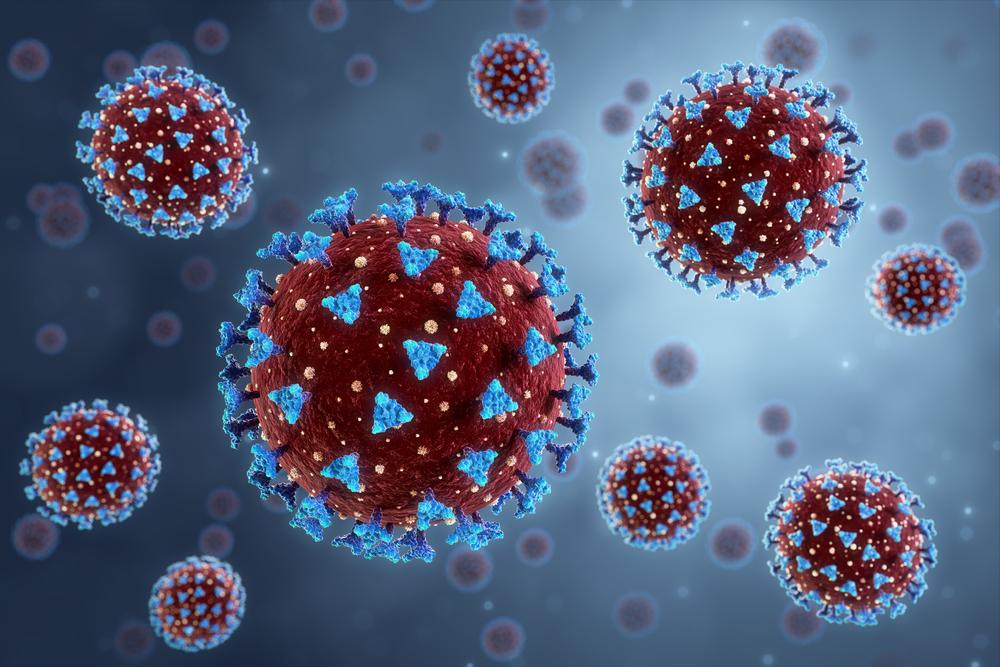Death has always been a mystery to human beings. What can people see or feel when they are dying? Scientists who recorded the brain waves of a dying patient may have insights into the mystery.
When using continuous electroencephalography (EEG) to record the brain waves of an 87-year-old epileptic man, an international team of scientists monitored his brain activity as he suffered a heart attack and died. The study was published in the February 2022 issue of Front Aging Neuroscience.





